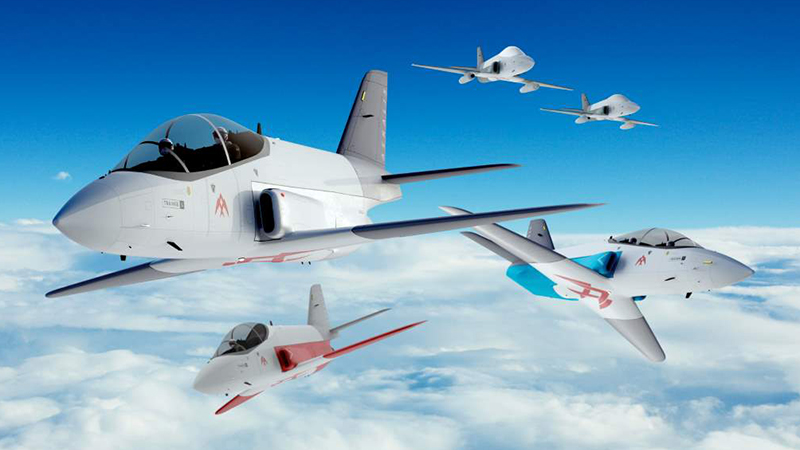

Design engineers arguably have one of the most important roles in the entire process of taking aircraft to market. On the surface, the job role is self-explanatory, but there is so much within design engineering that makes it such a fundamental component of the R&D process.
Let’s look at what design engineers do to understand why they’re so important and their impact on the future of aviation.
Design engineers translate aircraft concepts into tangible, operational machines at the most basic level. This involves assessing plans and optimising and modifying them for real-world situations.
To do so, design engineers collaborate with aerodynamicists, structural engineers, systems specialists, and more. A vital aspect of this process is arranging environmental and safety tests on 3D models to ensure concepts will work in various situations. In a sense, design engineers take on a level of project management during the design process by communicating with different departments and combining their knowledge into the final design.
Some recent innovations from design engineers include morphing wings and new propulsion systems. Morphing wings are typically made from modular components that allow wings to change shape during flight. This can help with everything from improved fuel consumption to simplifying manufacturing.
We’ve spoken extensively about innovative propulsion systems in aircraft, but the most obvious big changes are hybrid-electric and boundary-layer ingestion systems. The primary focus for design engineers in propulsion systems is bringing about a greener future in aviation, a concept that many major companies are devoting a lot of time and money to.
The recent Aeralis Common Core Fuselage (CCF) fleet is a great example of these processes in action. Designed as a modular system, Aeralis’s design engineers have adapted previous designs to create flexible aircraft systems that can be switched up depending on the aircraft under construction.
For example, the aircraft will have wings capable of transonic flight and a modular fuselage that can accommodate electronic and traditional fuel systems. The same mentality applies to the cockpit, which can be switched up to contain electromagnetic warfare capabilities or extra payload.
The Aeralis system is a prime example of design engineering in action and what it could mean for the future of aviation. These modular aircraft are adaptable, making them suitable for a wide range of applications, and will be quicker and cheaper to produce.
These shifts in design principles reflect current industry demands for highly adaptable aircraft. While this isn’t really a new concept, we’re at an important crossroads in the future of aviation. On the one hand, we need to continue relying on traditional fuel systems. But on the other, we need to focus on more sustainable production and hybrid-electric propulsion.
The Aeralis CCF system is arguably a blueprint for future developments in aerospace. It shows how market trends can influence (and be influenced by) the industry's regulatory, technical and operational aspects. But it also shows how market-driven aspects are important: we can see how wider trends for sustainability and innovation may shape the future of production and design.
KDC Resources plays an important role in the recruitment and placement of design engineers in a wide range of companies where they can influence the future of the industry. We constantly have our ears to the ground and can help design engineers find their perfect fit. Make sure you give us a call or submit your CV through our web form to see how we can help you find your perfect role.
